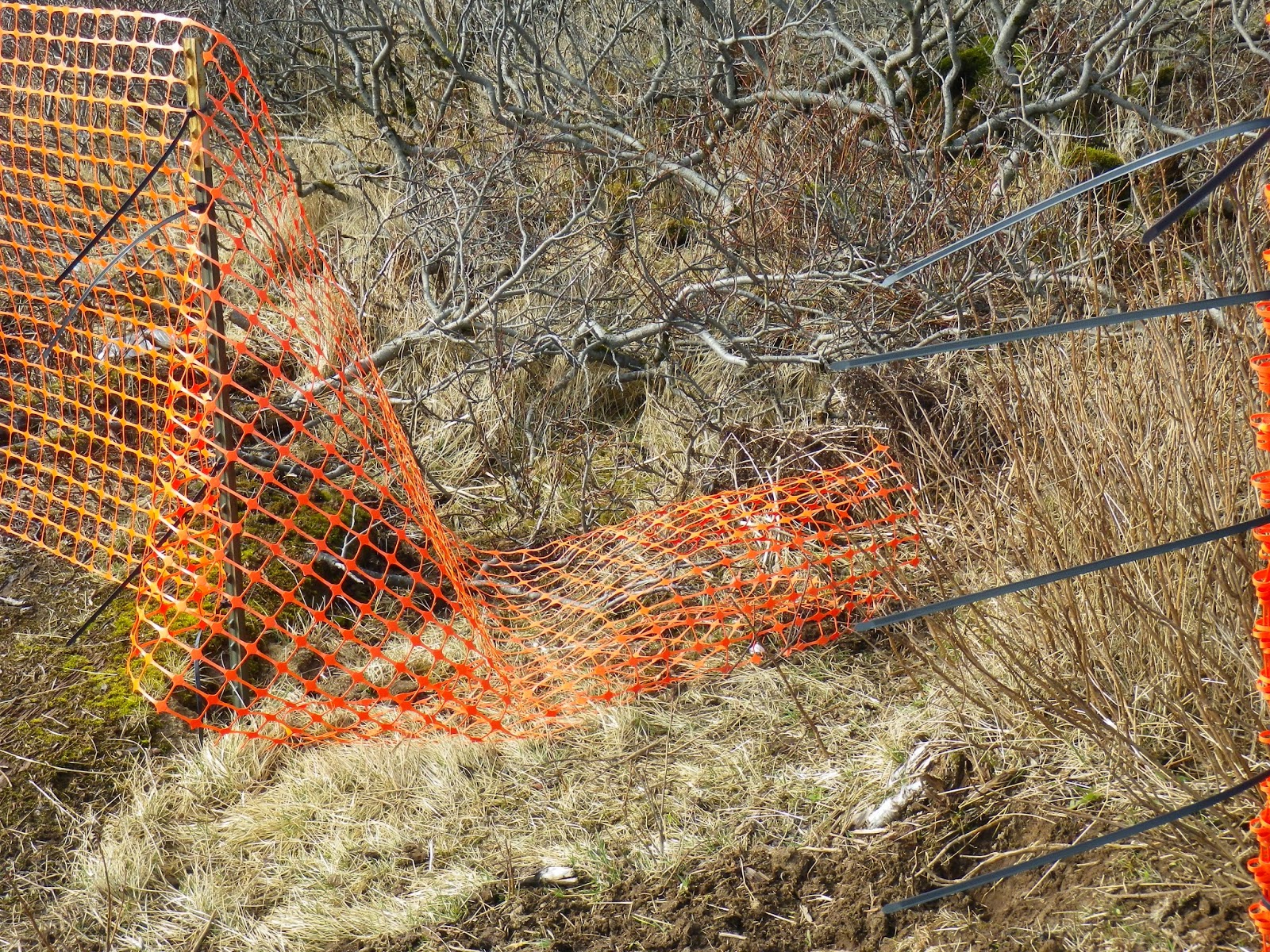by
James Brooks/ editor@kodiakdailymirror.com
Apr 22, 2013
On Sunday afternoon, a rocket soared to orbit from a launch pad on
Virginia, a successful launch that may mean good news for the Kodiak
Launch Complex 4,000 miles away.
This spring, the Alaska
Legislature voted to cut 1 percent (about $80,000) from the Alaska
Aerospace Corporation’s FY2014 funding. Hidden within the funding for
Alaska Aerospace — which operates the Kodiak Launch Complex — is a
catch.
If Alaska Aerospace does not sign a long-term commercial
launch contract by March 31, 2014, the legislature will cut its budget
by one-quarter.
That’s below the amount AAC leaders have said is
necessary to maintain the Kodiak Launch Complex and keep AAC running as a
viable corporation, but AAC CEO Craig Campbell said he’s confident his
company can meet the challenge.
“I concurred with the challenge
that we need to produce a customer in the next fiscal year,” he said.
“They actually gave us a little breathing room.”
Alaska Aerospace
Corporation was founded by the state in 1991 as a means to develop the
aerospace sector of Alaska’s economy. It built the Kodiak Launch Complex
to compete with California’s Vandenberg Spaceport, which launches
satellites into polar orbits.
While the first years of AAC’s
operation were funded through revenue from launches and grants from the
federal government, since 2011 AAC has become reliant upon regular state
subsidies.
In 2011, the Legislature approved $4 million for AAC.
In 2012, it signed off on $8 million in direct subsidies. That year,
Governor Sean Parnell also approved $25 million to expand Kodiak Launch
Complex.
Legislators approved another $8 million this year for
AAC, but cut the corporation’s funding request by 1 percent, paralleling
similar cuts to other state departments.
Rep. Alan Austerman,
who represents Kodiak in the state House and sits on the AAC board of
directors, said legislators’ patience is running out. “We can’t just let
it continue to go on and on and on,” he said.
Campbell said AAC
can bear this year’s cut, but he now faces a tight deadline to generate
revenue and wean the public corporation off state funding.
Sunday’s
launch in Virginia shows one possible way forward. The launch came from
Wallops Flight Facility, a state-owned spaceport run by Dale Nash, who
headed Alaska Aerospace before Campbell.
The rocket, named
Antares, was designed and built by Orbital Sciences, which has not yet
picked a West Coast launch site for the Antares. Kodiak is in the
running, as is Vandenberg.
Launching the Antares from Kodiak
would require a major expansion of the spaceport here, something already
planned under an agreement with Lockheed-Martin.
Lockheed,
however, has been slow to sell space aboard the rockets it plans to
launch from Kodiak, and planning for the Launchpad expansion has
stalled. Unless Lockheed can confirm a launch date, Campbell has said he
will not put state money at risk by expanding the Kodiak Launch
Complex.
Orbital Sciences offers a second route. Because the
Antares launch Sunday was successful, that rocket may be more attractive
than Lockheed’s to satellite owners who want to reach orbit.
The ball is in Orbital Sciences’ court, but Alaska Aerospace isn’t sitting still.
As
it waits for an answer from Orbital and Lockheed, the state-owned
corporation is negotiating contracts for smaller rockets that can be
launched from Kodiak’s existing launchpads.
“I think I’m going to have one in the near term, this year,” Campbell said.
Campbell’s
optimism is matched by Sen. Gary Stevens, who formerly sat on AAC’s
board of directors and represents Kodiak in the Alaska Senate. “I think
you'll find that in the next two years they'll have some successful
projects and some successful launches,” he said. “I think it’ll show
that they’re in the market and they can successfully compete.”
Until
a company signs on the dotted line, however, AAC will continue to move
closer to March 31, a date that might be its final countdown.
As of April 22, it has been 573 days since the last launch at the KLC.
Contact Mirror editor James Brooks at editor@kodiakdailymirror.com.


















































